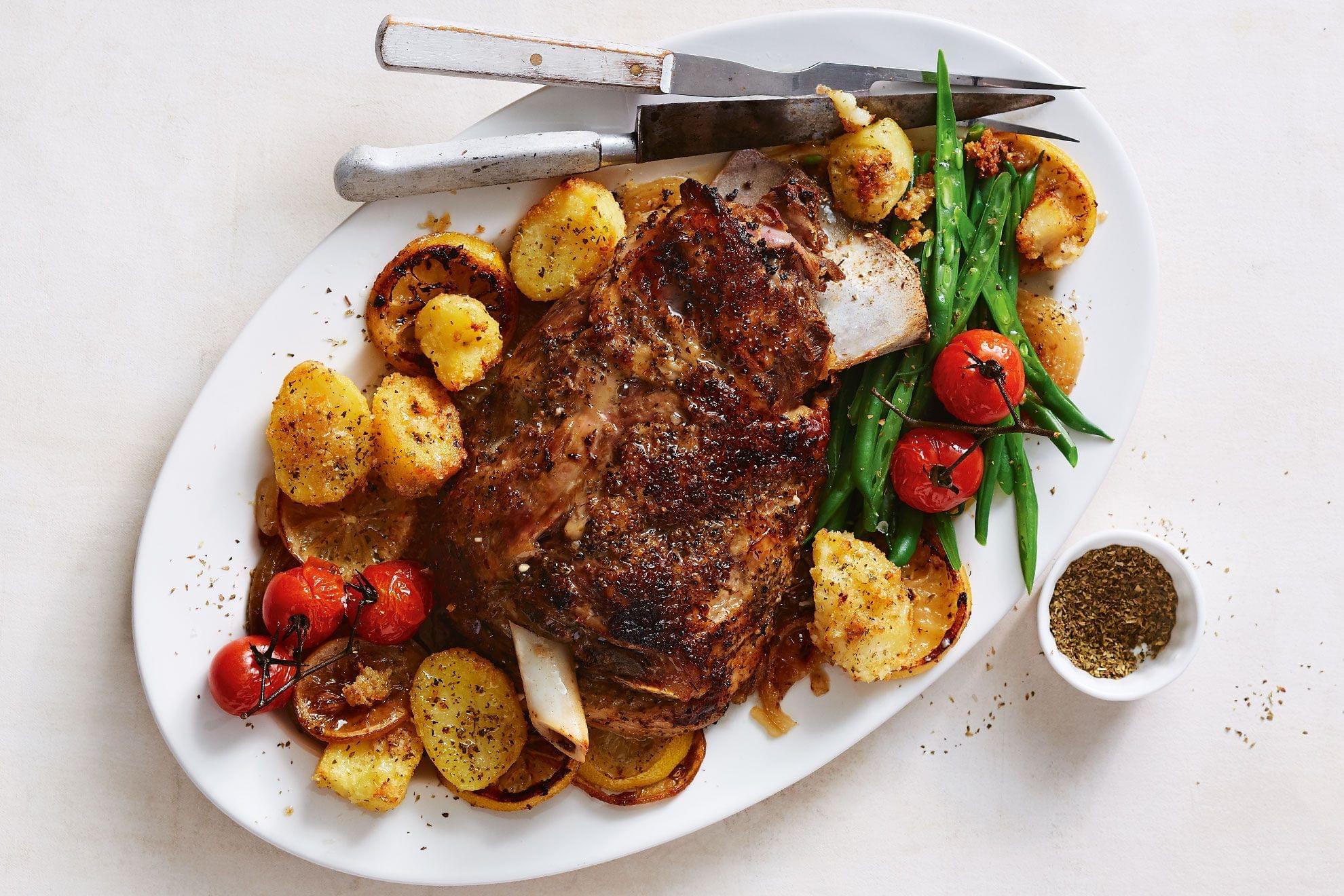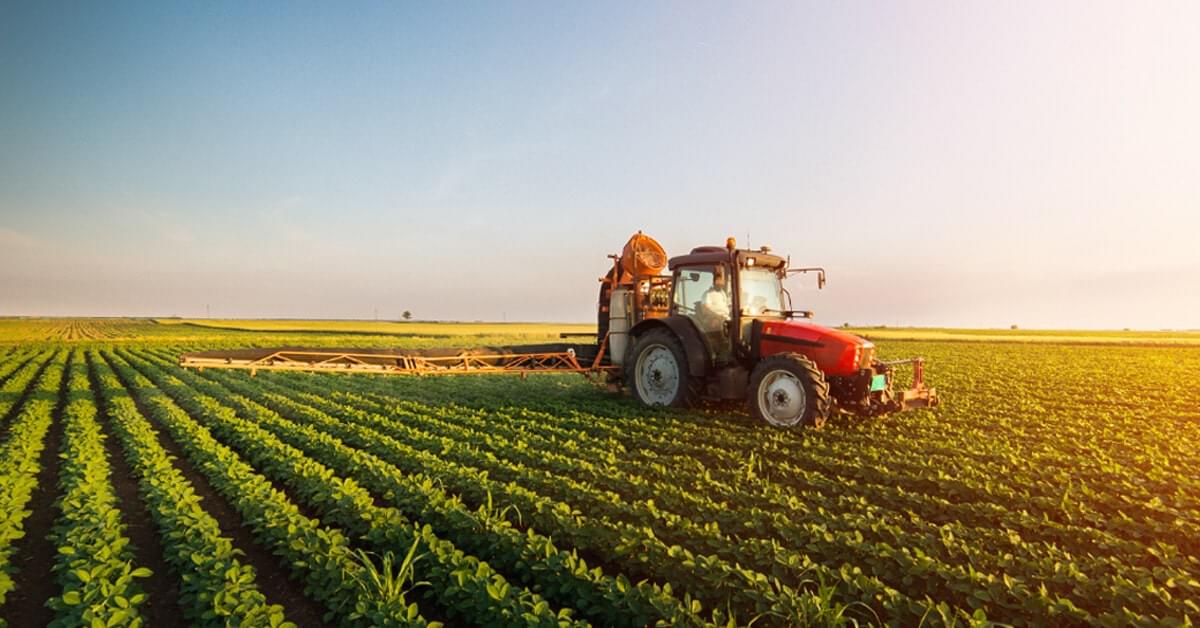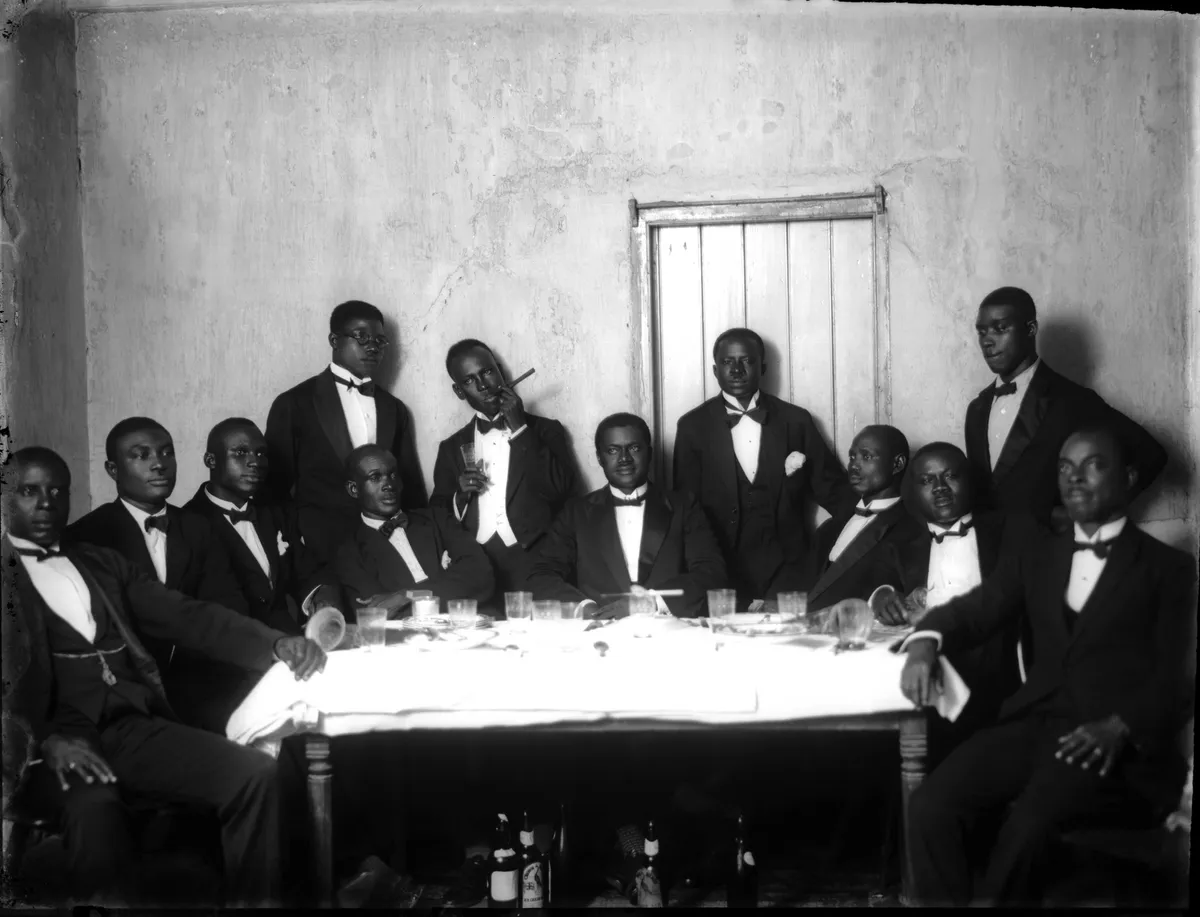The fact that a meal is traditional does not preclude it from evolving. Traditions are best kept in the hands of producers who are willing to adapt, according to Julian Baggini in an excerpt from his most recent book The Virtues of the Table.
There is a myth behind practically every custom, and the biggest fiction of them all is the idea that this is what our people have always done. Of all, cuisines are constantly changing, so when it comes to food, “forever” just refers to “as long as we can remember.” The quickest and simplest approach to dispel this illusion is to count how many “traditional ingredients” are actually relatively recent additions to a national cuisine.
The tomato is a staple of what we now consider to be Italian cuisine, but it wasn’t until after the discovery of the new world in 1492 that it reached Italy, and it wasn’t until the middle of the 19th century that it became widely used. After the second world war, pasta only started to become a staple food. Dishes share the same characteristics as ingredients. The Italian chef Giorgio Locatelli told me, “When people say, ‘That’s not traditional,’ that’s really disputable almost often. With Italy, each dish had its own interpretation because, by the time they codified the recipes, the majority had already spread throughout the country.
Sponsered6
Nevertheless, understanding how traditions have been created is more fascinating. On every distillery tour in Scotland, you will learn that the used oak barrel that whisky matures in—nowadays almost invariably an American-imported bourbon cask—determines 70 to 80% of its flavor. Spanish sherry barrel-aged wines are sweeter and heavier. You would have assumed that the barrel selection was the result of centuries’ worth of knowledge.
The reality is much more commonplace. Once Napoleon promoted oak cultivation to aid in the construction of his warships, European oak became the cask of choice for sherry, port, and Madeira producers, and Scotch whiskey was formerly almost exclusively aged in these barrels. In Britain, where distillers wanted to employ the empty oak barrels, the fortified wines that filled the casks were well-liked. In the meantime, native-oak barrels built by machine in America were getting cheaper to make, and bourbon distillers preferred the flavor that freshly charred casks imparted.
After that, in 1935, a protectionist federal law mandated the use of brand-new barrels. Unexpectedly, there was an oversupply of secondhand bourbon barrels that were cheaper than used sherry barrels. Scottish distillers seized the opportunity and drastically altered the taste of their beverages as an opportunistic response to the altered market conditions caused by a foreign country’s law.
Sponsered6
Moreover, keep in mind that tradition is not necessarily a positive thing. Charlie Hicks, a grocery store owner and presenter, cites Joy Larkham, who has worked hard to resuscitate extinct “historic” fruit and vegetable kinds but once noted that there’s frequently a very good reason they stopped cultivating them in the first place: many aren’t that pleasant. But surely tradition has some reason to it and has value?
Seeing a tradition as something that is fundamentally dynamic and living is one of the keys. Everything that stops existing and is preserved as a type of cultural artifact ceases to be a tradition and is instead added to the historical heritage. A trencher, or stale bread used as a kind of edible plate in the middle ages, is a part of our culinary history, even though soda bread is still a traditional Irish loaf. If it were to be revived, it would be a heritage cuisine, no longer connected to the past through ongoing tradition, but rather the self-aware resurrection of a long-dead custom.
Tradition and heritage are distinct concepts even though they have certain similarities. Tradition reflects a feature of language noted by Jacques Derrida, who claimed that rather than assigning a single meaning or “essence” to a term, the iterative nature of language allows for very tiny meaning changes each time a phrase is employed. Each repetition is sufficiently similar to make comprehension simple but sufficiently different to prevent word meanings from being predetermined. Because of this, “dinner” in English has been able to subtly change its meaning through the years, referring now most often to an evening meal instead of the late-morning meal it originally did.
Sponsered6
The customs remain the same. Like with language, important changes are occasionally made to recipes, which the community either accepts or rejects. Organic changes take place more frequently. Many northern Italians progressively switched from butter to olive oil as butter got a negative reputation for contributing to heart disease. According to Locatelli, “there is always some movement in the cooking, thus tradition moves with society.”As a result, it is not in any way contradictory for a dish to be traditional while yet being very different from its historical forebears. The idea that an older version will be more traditional is not always true. More important than how long ago something was first done is how long it has been done.
Excessive attempts to keep traditions alive can do the same thing. One recipe becomes the accepted orthodoxy once the preservationists get their hands on a dish or product. The European PDO and PGI (protected designation of origin and protected geographic indication) schemes, which were created to safeguard the unique, distinctive status of local foods, have this drawback. Innovation is halted when the definition of “Mozzarella di Bufala Campana” is formally established. When you prevent anything from growing, you kill and pickle it rather than keeping it alive.
It may be said that those who are using traditional methods to create new products are holding the flame of tradition the brightest right now. Consider the makers of Stichelton, a blue cheese made from unpasteurized cow’s milk in the traditional Stilton form. According to Dominic Coyte of Neal’s Yard Dairy, the latter is now produced in accordance with strict PDO regulations that call for the pasteurization of the milk, which means Stilton has changed into “a protection of an existing form of manufacture that in actuality bears no relation to what the traditional Stilton is all about.” The new Stichelton, in my opinion, is the more authentically traditional cheese.
Sponsered6
It is not to suggest that the heritage I decry has no worth. Gastrodiversity can also be promoted by simply preserving or reintroducing lost or endangered foods. Small-scale production of alternatives preserves biodiversity in a world where agriculture has a propensity to put all its eggs in one basket. This is in addition to its cultural and culinary importance.
Hence, tradition at its best involves looking forward as well as backward, bringing the best aspects of the past into the present, and not being afraid to watch it develop and change over time.
Sponsered6




